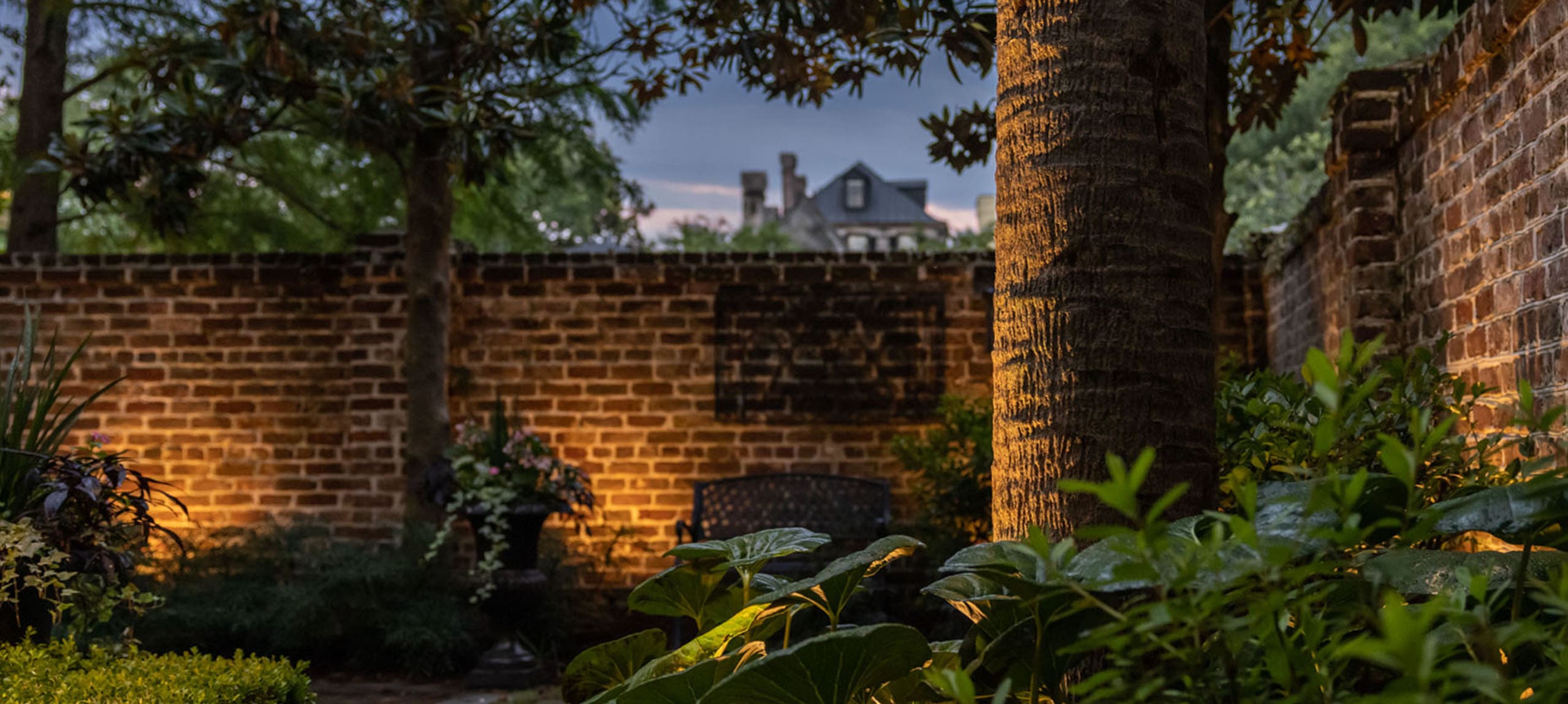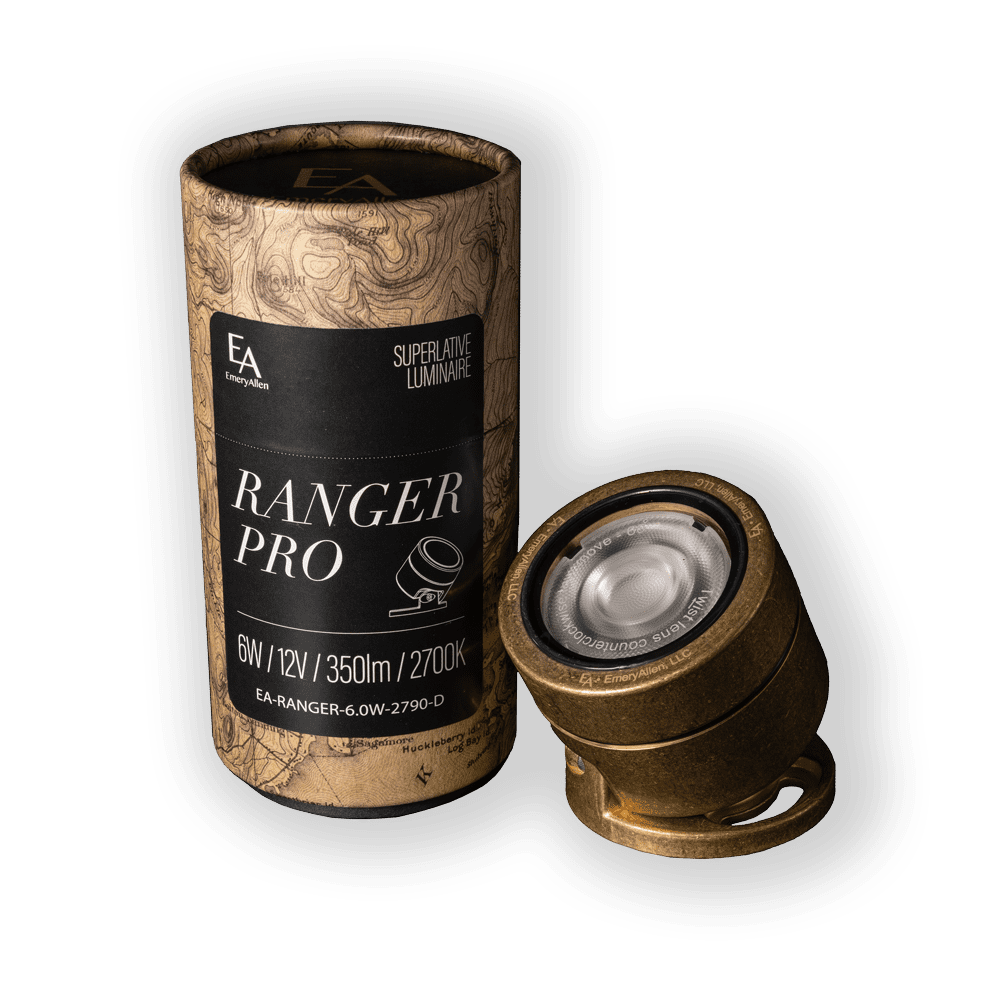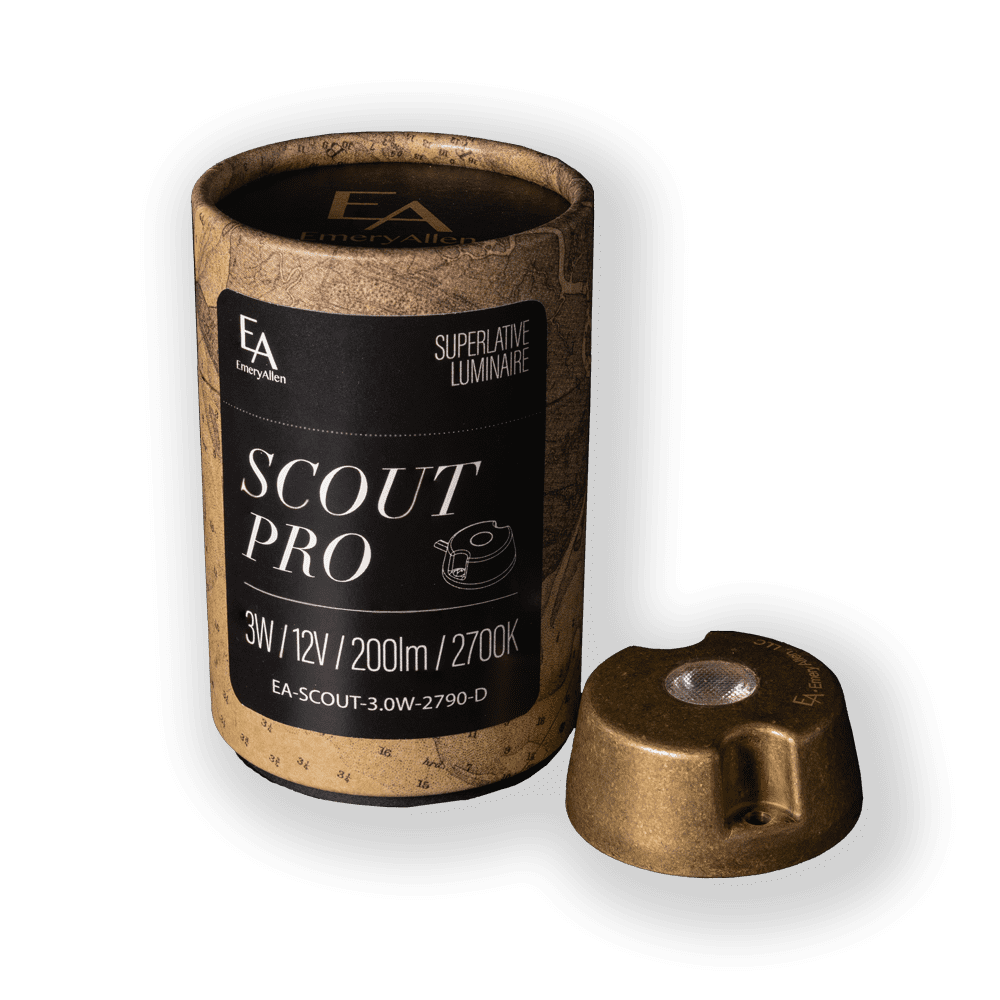When it comes to protecting electronics from the elements, the IP rating is your first line of defense. But what exactly does this rating entail, and why is it crucial for devices like LED lights?
The IP rating system is an international standard used to assess the ingress protection of electrical enclosures. Ingress protection refers to how effectively an enclosure prevents the intrusion of substances like dirt and water, which can be hazardous to sensitive equipment.
IP ratings provide a standardized method for evaluating the protective qualities of an enclosure. The IP standard is defined by the IEC 60529 code, established by the International Electrotechnical Commission, and is applicable to electrical enclosures in both Europe and the U.S. (although the U.S. also uses NEMA enclosure ratings). You’ll often find IP code ratings on smartphones, smartwatches, and other electronic devices designed to be waterproof or water-resistant.
Let’s explore:
- What does IP stand for, and how does it protect our devices?
- How does IP68 stand out among other ratings?
- What is the difference between IP rating and UL certification?
- Why is IP68 particularly relevant for LED lighting solutions?
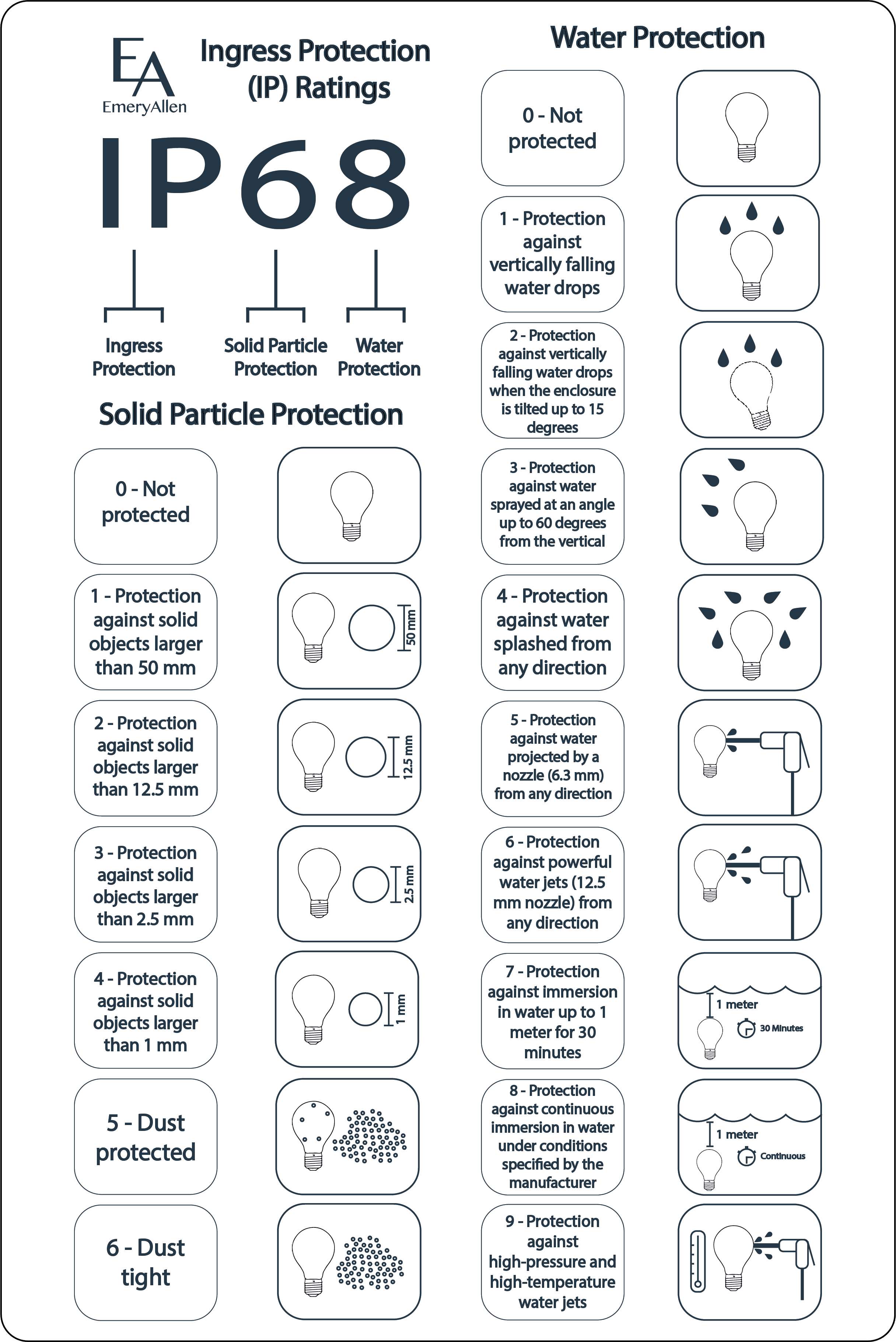
What Does the IP68 Rating Mean?
IP, or Ingress Protection, ratings are a globally recognized scale used to specify the degrees of protection provided by enclosures around electronic equipment against various forms of external forces. These forces can include moisture, dust, and accidental contact. The ratings are defined by the International Electrotechnical Commission (IEC) and are composed of two digits.
- First Digit (Solid Particle Protection): The first digit ranges from 0 (no protection) to 6 (dust tight). A rating of “6” means the device is completely protected against dust, ensuring that no particulate matter can enter and interfere with the electronics.
- Second Digit (Liquid Ingress Protection): The second digit spans from 0 (no protection) to 9 (protection against high-pressure, high-temperature jet sprays). An “8” in the case of IP68 signifies that the device can handle continuous immersion in water under conditions specified by the manufacturer, typically up to a certain pressure or depth.
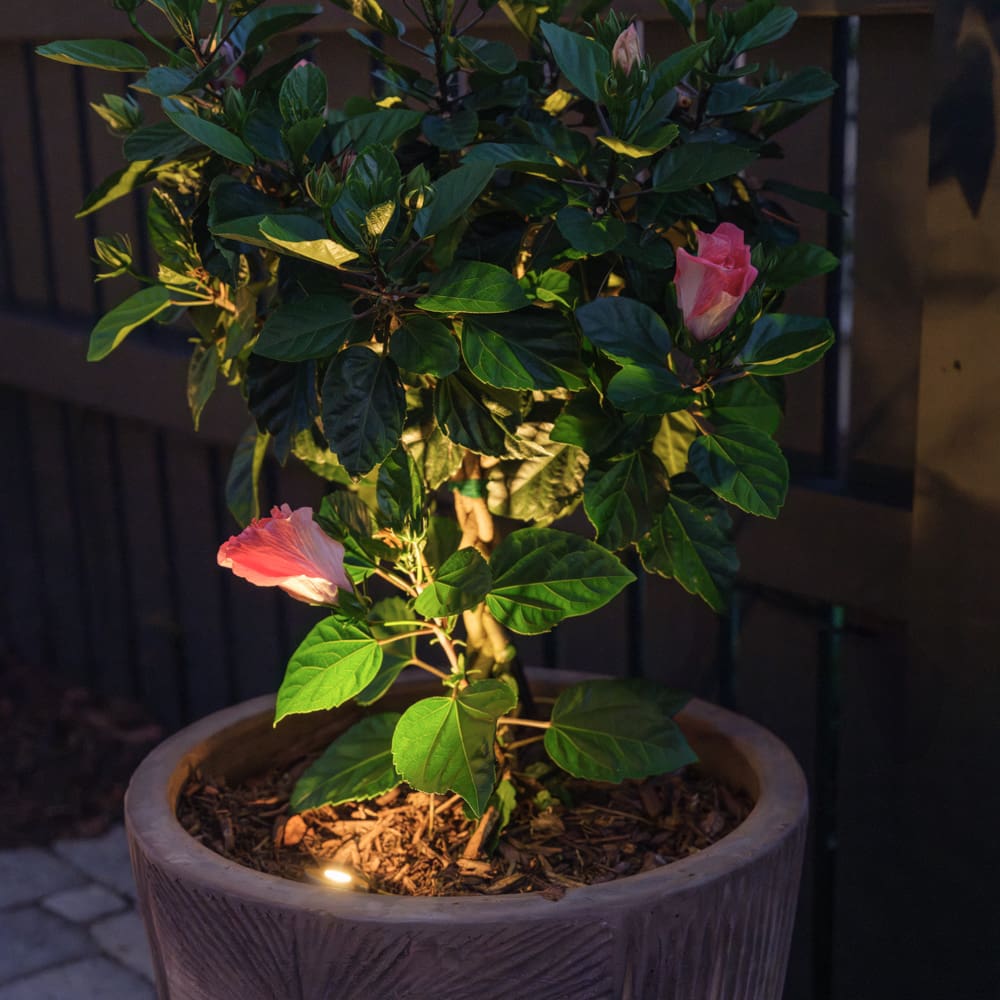
Water resistance is critical for the long-term viability of outdoor fixtures.
How Does IP68 Compare to Other IP Ratings?
Understanding these rating numbers in contexts like outdoor LED lighting, where exposure to harsh conditions can be frequent, is essential for ensuring the longevity and functionality of lighting solutions. Let’s break down the differences and specific uses for IP67, IP68, and IP69.
IP67 vs. IP68
Both IP67 and IP68 ratings ensure strong protection against dust, denoted by the “6” as the first digit. The key difference lies in their water resistance capabilities. While IP67 certifies that a device can withstand temporary immersion in water — typically up to 1 meter deep for 30 minutes — IP68 goes further by offering protection against continuous submersion in water at depths or pressures specified by the manufacturer. This makes IP68 more suitable for environments where devices are likely to be submerged beyond shallow depths.
IP68 vs. IP69
Moving up to IP69, this rating is designed for devices that need to withstand high-pressure and high-temperature water jets. It’s commonly required in industries where equipment must be sanitized using powerful water sprays, making it less about submersion (as with IP68) and more about resisting high-pressure water exposure. For outdoor LED lights or lights used in industrial settings where equipment might be regularly cleaned with powerful jets, IP69 may be the preferred choice.
What Is The Difference Between IP Rating and UL Certification?
The IP (Ingress Protection) and UL (Underwriters Laboratories) ratings serve distinct purposes in product safety and durability. The IP rating was developed by the International Electrotechnical Commission (IEC) and specifies the degree of protection an enclosure provides against the ingress of solid objects and liquids commonly used in consumer electronics and industrial equipment. Conversely, the UL rating, established by Underwriters Laboratories, ensures products meet comprehensive safety and performance standards, including electrical, fire, and mechanical safety, across a wide range of industries. While IP ratings focus on environmental protection, UL ratings guarantee overall product safety and regulatory compliance.
To achieve an IP68 rating, a device must pass a series of rigorous tests to ensure that it meets the specified requirements for dust tightness, water immersion, and high-pressure water exposure.
What Are the Benefits and Limitations of IP68?
For general consumer use, particularly for outdoor LED lighting, IP68 devices offer a balance of dust protection and immersion resistance that is adequate for most weather conditions and general water exposure scenarios. However, the rating doesn’t equate to indestructibility, and there are some limitations to the protection these devices provide.
Benefits of IP68
IP68-rated devices offer significant advantages for LED lighting used in demanding environments. They guarantee protection against continuous submersion in water up to a specified depth and are completely dust-tight, making them perfect for outdoor areas, bathrooms, and other locations exposed to significant moisture and dust.
Limitations of IP68
IP68-rated devices are durable, but factors like temperature changes, UV exposure, and physical wear can degrade the seals, potentially compromising the water and dust resistance over time. Additionally, the IP68 rating is conditional and based on specific manufacturer-defined limits for depth and duration of submersion. It’s important to be aware of these limits to avoid unintentional damage.
Maintaining IP68 Integrity
To maintain the integrity of IP68-rated devices and prolong their operational lifespan, it’s essential to follow maintenance guidelines provided by the manufacturer. Regular checks for seal integrity, careful cleaning, and storage practices can help preserve the protective capabilities of IP68-rated LED lights and other devices and ensure they continue to function in their intended environments.
Embracing the Value of IP68 in the LED Era
Choosing IP68-rated LED lighting ensures durability and protection against dust and water, making it perfect for harsh environments. This rating guarantees reliable performance in outdoor and industrial settings. However, it’s essential to maintain these devices properly to preserve their protective features over time.
Need more information or help finding the right lighting solutions for your needs? Feel free to contact us today!

